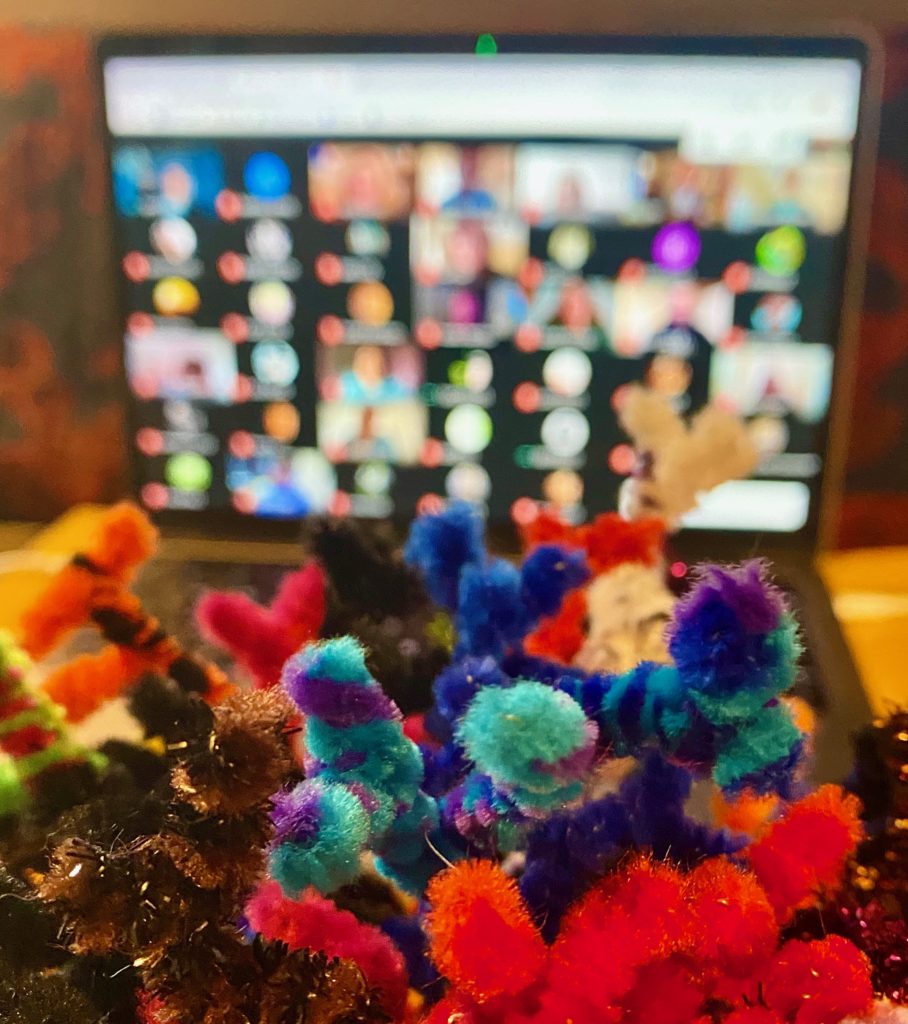“The best lack all conviction, while the worst
–William Butler Yeats
Are full of passionate intensity.”
We’re experiencing an extraordinary collision of biology and psychology.
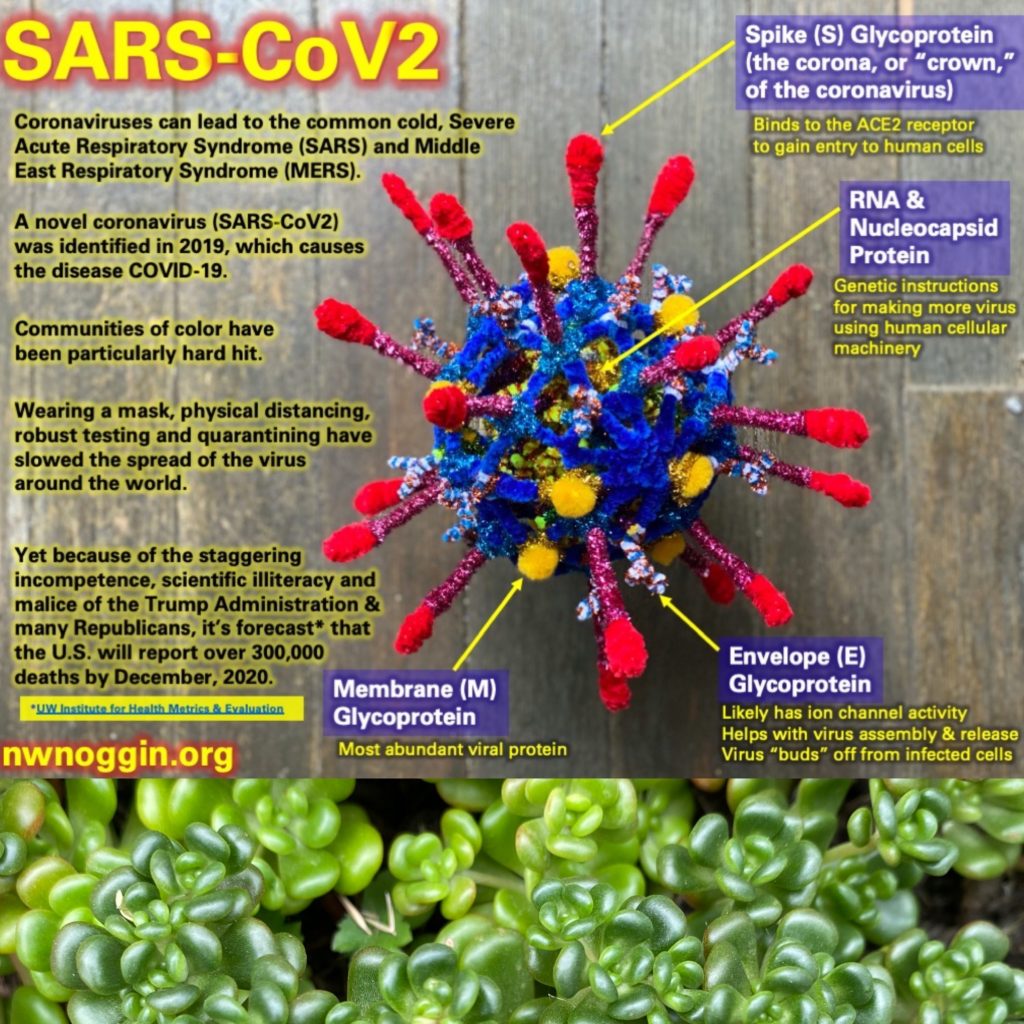
A dangerous virus that spreads easily when people congregate has killed over 94,000 Americans in two months.
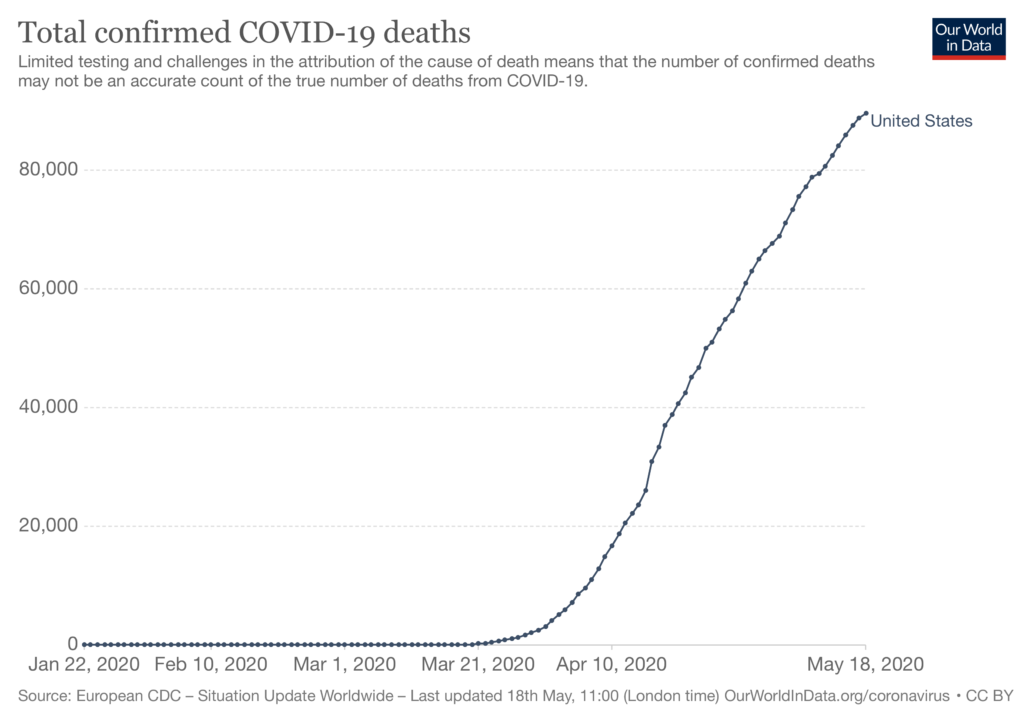
*UPDATE (August 2020): Deaths now past 160,000 and rising fast

Social distancing guidelines from the Oregon Health Authority, World Health Organization and the CDC are incontrovertibly essential for slowing this spread and saving lives.
(Though frighteningly, the United States Centers for Disease Control (CDC) is becoming significantly less reliable under this administration. LEARN MORE: Reviving the US CDC)
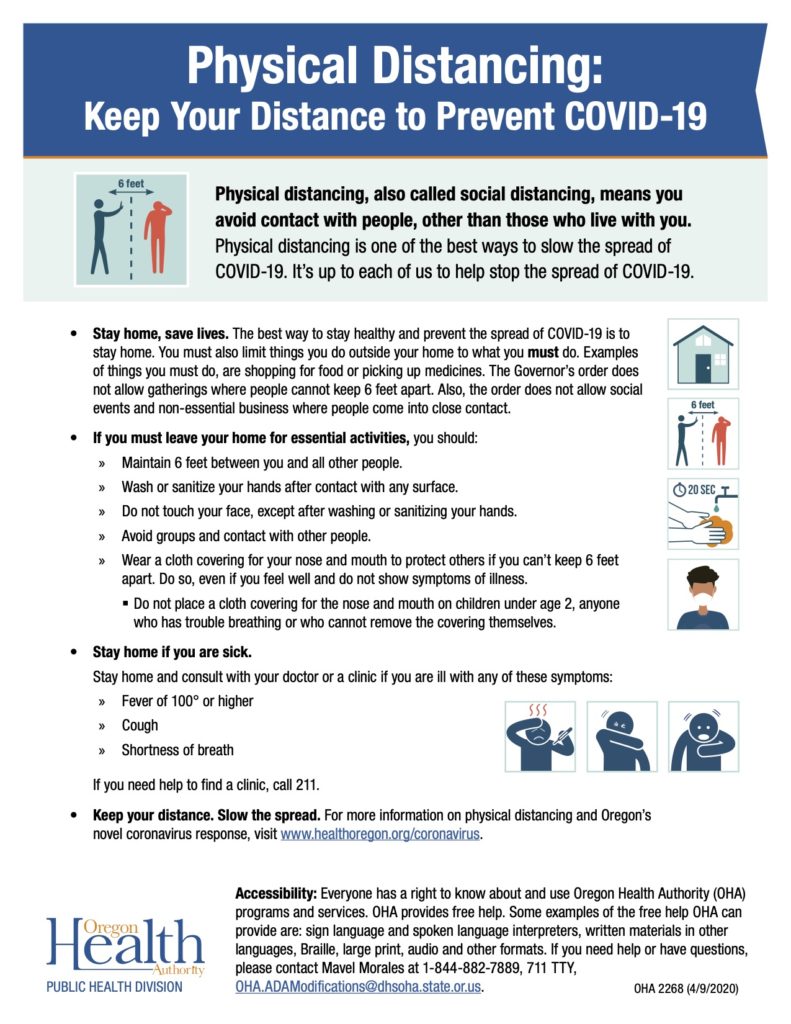
LEARN MORE: Substantial undocumented infection facilitates the rapid dissemination of novel coronavirus (SARS-CoV-2)
LEARN MORE: Oregon Health Authority | COVID-19 Updates
LEARN MORE: WHO Coronavirus disease (COVID-19) pandemic
LEARN MORE: Centers for Disease Control (CDC) Coronavirus (COVID-19)
LEARN MORE: Texas, North Carolina, Arizona see rising cases as they reopen
Yet sustained isolation is difficult.
The economic stresses can be devastating – for some Oregonians it might be a choice between risking health (their own and that of others) and feeding or housing their family. A lockdown location may not be a safe place, and not all of us have somewhere to go in the first place.
“Many people living on the streets already have a diminished health condition, higher rates of chronic illnesses or compromised immune systems, all of which are risk factors for developing a more serious manifestation of the coronavirus infection. Those suffering from mental illness may have difficulty in recognizing and responding to the threat of infection. Homeless people have less access to health care providers who could otherwise order diagnostic testing and, if confirmed, isolate them from others in coordination with local health departments.”
—Lima NNR, de Souza RI, Feitosa PWG, Moreira JLS, da Silva CGL, Neto MLR
LEARN MORE: People experiencing homelessness: Their potential exposure to COVID-19
LEARN MORE: Unemployment Claims Soar As Coronavirus Slams Oregon’s Economy
LEARN MORE: COVID-19 Related Business Layoffs, Closures, and Unemployment Insurance Benefits
LEARN MORE: COVID-19 on the Brain
LEARN MORE: Addressing psychosocial problems associated with the COVID-19 lockdown
LEARN MORE: Social Isolation, Loneliness, and Living Alone: Identifying the Risks for Public Health
LEARN MORE: Social isolation, loneliness in older people pose health risks
And many of us are understandably stressed – and bored.
“Patients with suspected or confirmed COVID-19 mostly experience great fear of the highly contagious and even fatal disease, and quarantined people also experience boredom, loneliness, and anger.”
—Ye Yi, Philip N.P. Lagniton, Sen Ye, Enqin Li, and Ren-He Xu
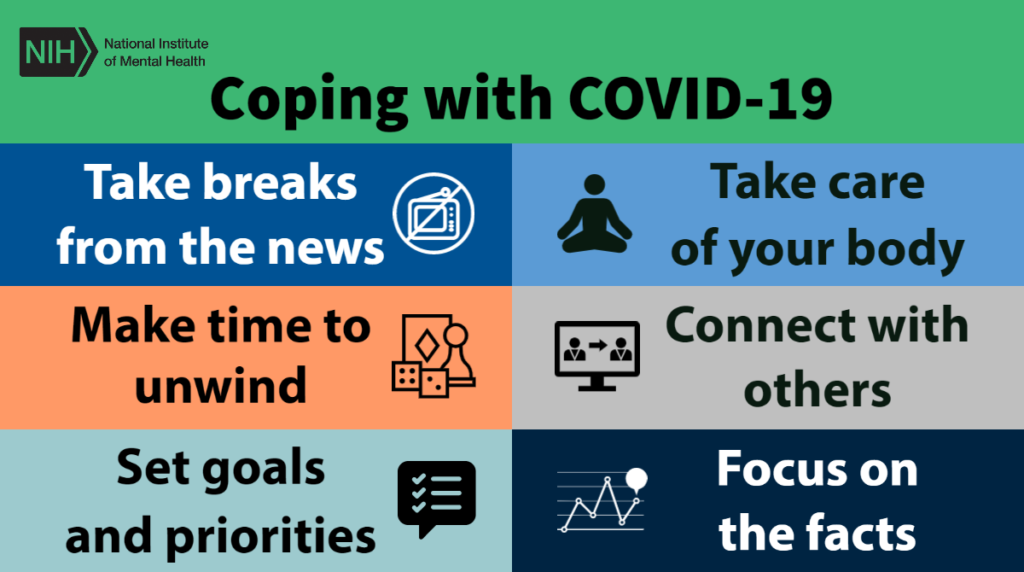
LEARN MORE: Coping With Coronavirus: Managing Stress, Fear, and Anxiety
LEARN MORE: Supporting Mental Health During the COVID-19 Pandemic
LEARN MORE: COVID-19: what has been learned and to be learned about the novel coronavirus disease
LEARN MORE: How to manage stress and anxiety during coronavirus crisis
Boredom is defined as “the aversive experience of wanting, but being unable, to engage in satisfying activity,” and many of us want, desperately, to go to the park, the beach, the barber, to see our family and friends. Nice weather also draws us outdoors.
LEARN MORE: Boredom as a seeking state: Boredom prompts the pursuit of novel (even negative) experiences
LEARN MORE: Assessing the Effects of Weather Conditions on Physical Activity Participation Using Objective Measures
LEARN MORE: Weather impacts on leisure activities
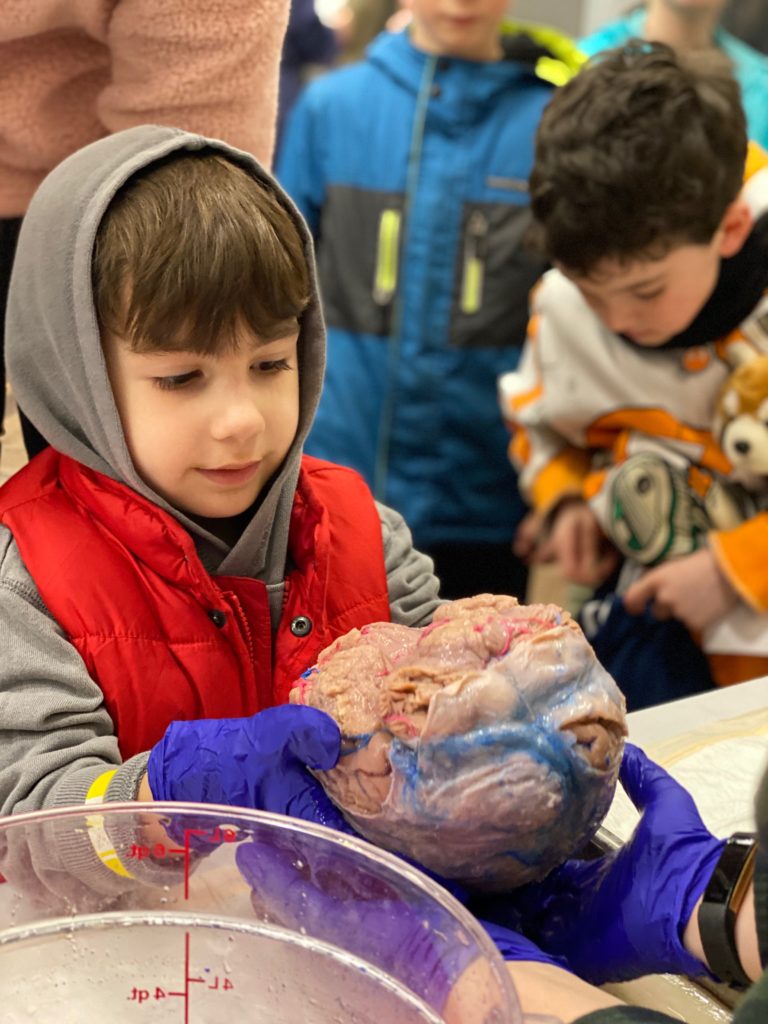
As educators, we’re definitely missing our students, large lecture halls, busy office hours, and outreach visits to homeless youth shelters, K-12 classrooms and other crowded and engaging public spots.
LEARN MORE: Noggin Bloggin
But do we want to save lives?
The facts of biology – not our personal needs and desires – determine viral spread, illness and death rates.
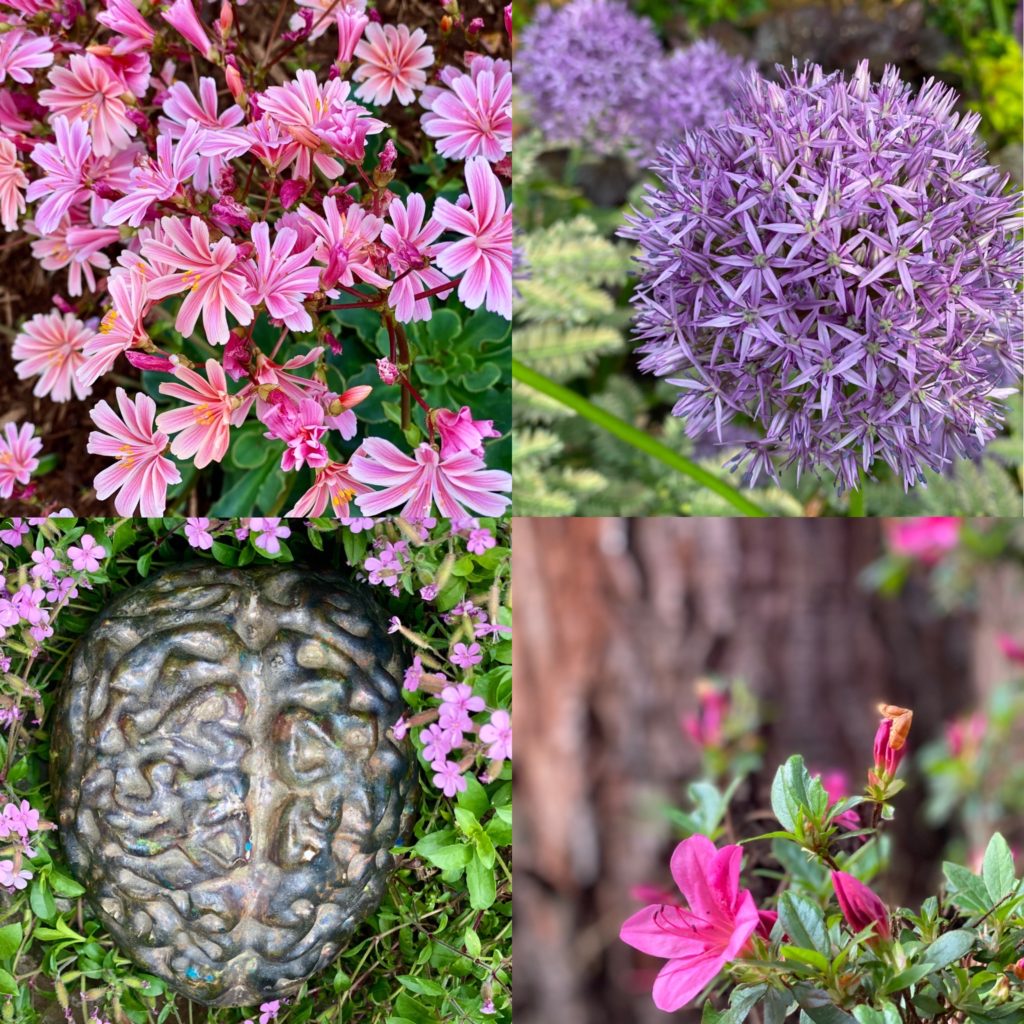
—Dr. Anthony Fauci, National Institutes of Health
LEARN MORE: To Beat COVID-19, Social Distancing is a Must
LEARN MORE: Social Distancing – Keep Your Distance to Slow the Spread
LEARN MORE: Rational use of face masks in the COVID-19 pandemic
LEARN MORE: A rapid systematic review of the efficacy of face masks
Currently our biggest roadblocks to making life-saving decisions appear to be (1) a lack of leadership and trust in “official” sources and (2) structural issues that make social isolation difficult for so many people.
Right now we lack trustworthy leadership.
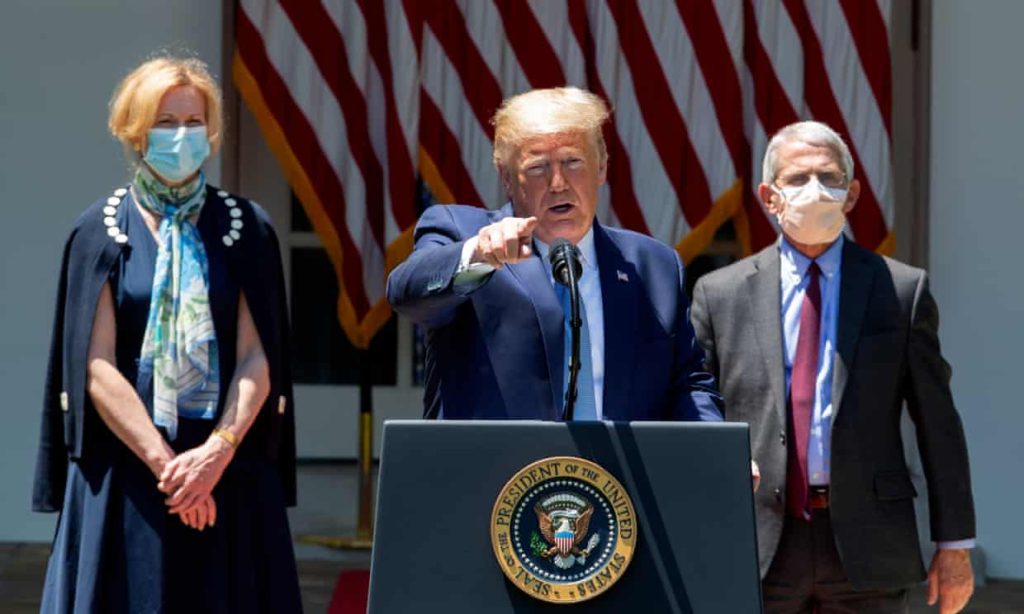
In 2016 we had an influential White House Office of Science and Technology Policy, pandemic response plans, and support for investment in basic scientific research and public health.

“I’m a science geek. I’m a nerd, and I don’t make any apologies for it.”
—Barack Obama
LEARN MORE: Noggin @ White House Frontiers
In contrast, the current White House repeatedly attempts to cut critical research funding, ignored existing preparation for an effective pandemic response, appointed poorly qualified individuals to head both the CDC and Health & Human Services, muzzled those knowledgeable about viruses – and continues to lie about our circumstances, including the availability of testing and PPE.

The President has also actively encouraged people to disregard evidence-based steps that are essential for addressing this crisis and saving American lives. This sows confusion, and emboldens those looking for an excuse or official permission to avoid social distancing.
LEARN MORE: How the Pandemic Will End
LEARN MORE: Trump’s flailing incompetence makes coronavirus even scarier
LEARN MORE: White House Knew Of Coronavirus’ ‘Major Threat,’ But Response Fell Short
LEARN MORE: World looks on in horror as Trump flails over pandemic despite claims US leads way
LEARN MORE: Reviving the US CDC
LEARN MORE: Our Pandemic Summer
LEARN MORE: Incompetence Exacerbated by Malevolence
LEARN MORE: The Brains at Brain Fair
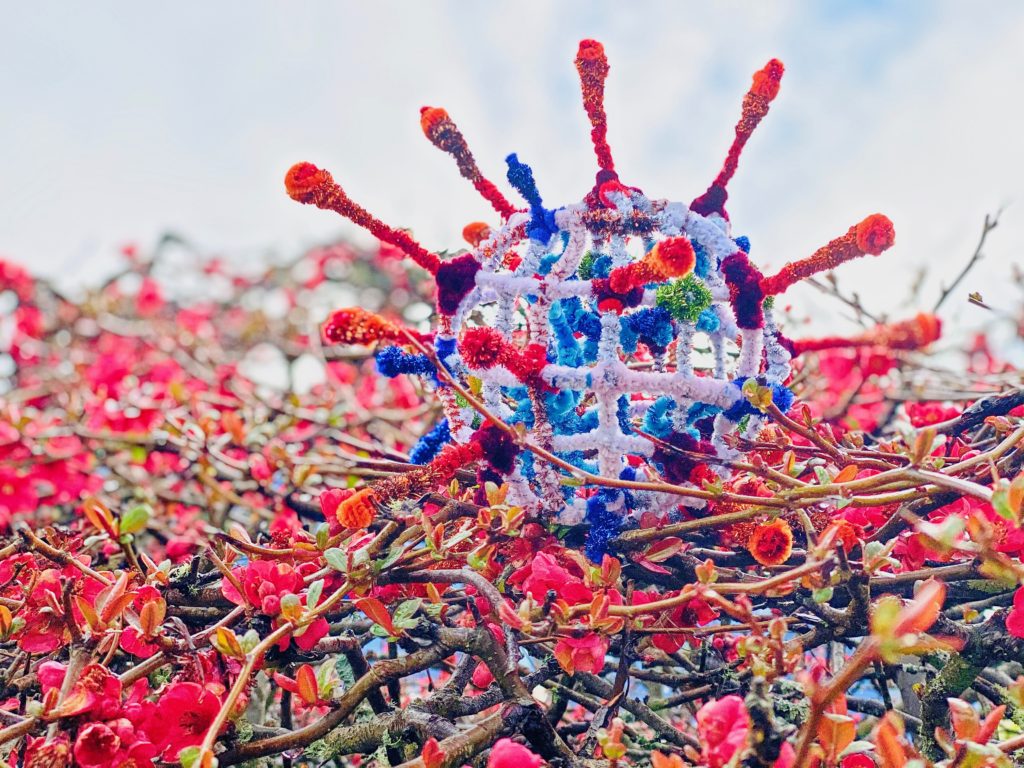
The United States is also a leader in economic inequality.
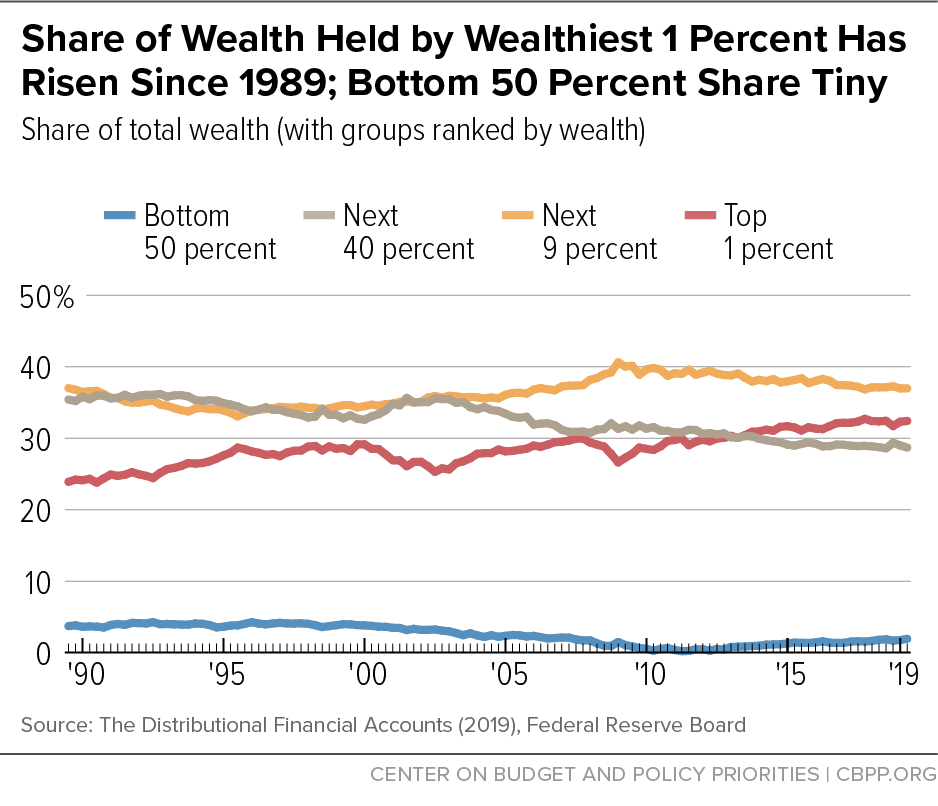
Many Americans lacked safe, accessible, affordable housing, healthcare and job security before this pandemic. Even those who want to follow guidelines and best practices may be forced by necessity to work, or go out, or gather in larger groups where the virus can spread.
LEARN MORE: The impact of the COVID-19 pandemic on marginalized populations in the United States: A research agenda
LEARN MORE: ‘If We Don’t Work, We Don’t Get Paid.’ How the Coronavirus Is Exposing Inequality Among America’s Workers
LEARN MORE: COVID-19 Brings Health Disparities Research to the Forefront
LEARN MORE: Effects of Social, Economic, and Labor Policies on Occupational Health Disparities
LEARN MORE: Bad Jobs, Bad Health? How Work and Working Conditions Contribute to Health Disparities
LEARN MORE: The Richest Neighborhoods Emptied Out Most as Coronavirus Hit New York City
LEARN MORE: Listening to testimony @ p:ear
So what to do?
Isolation and boredom can also spur creativity, and change.
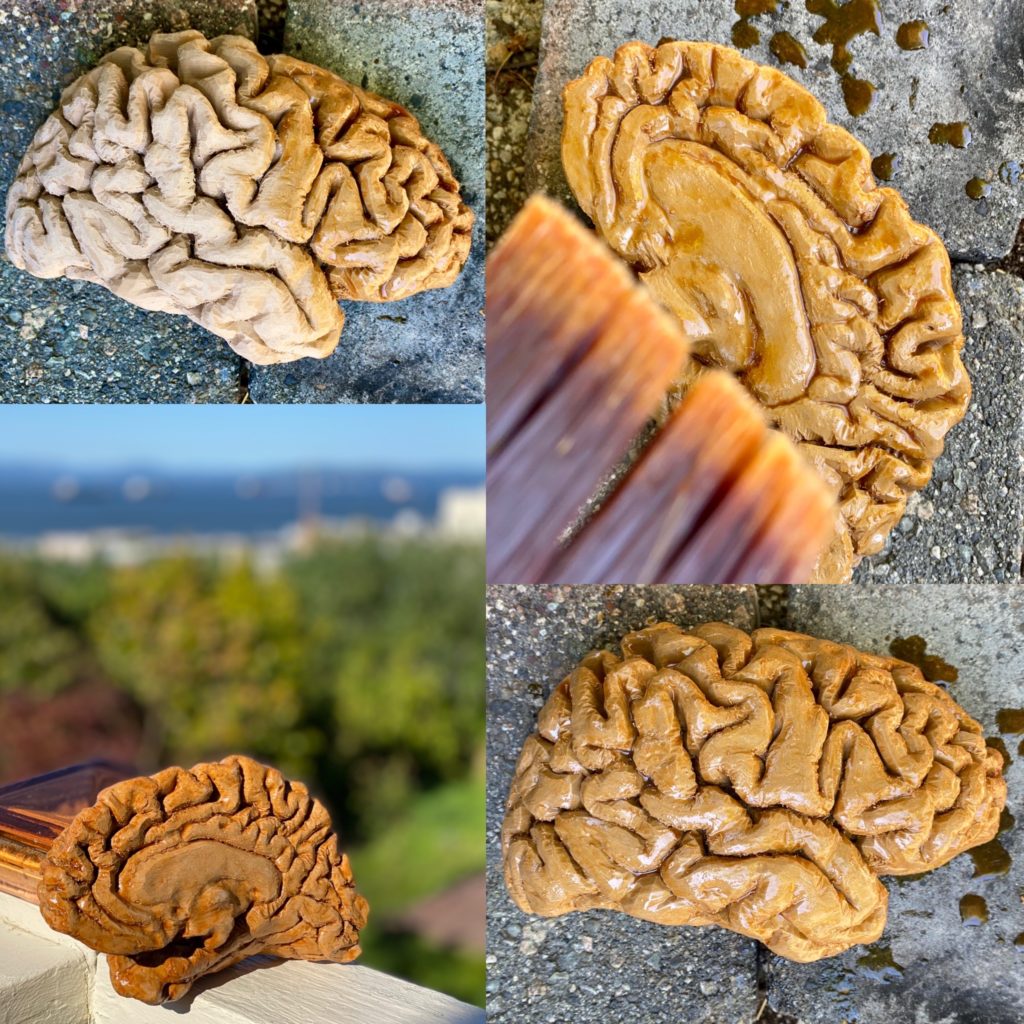
One researcher suggests that “by motivating desire for change from the current state, boredom increases opportunities to attain social, cognitive, emotional and experiential stimulation that could have been missed.”
Going to the park with friends might relieve boredom, but it also increases the risk of viral spread. So how can we respond creatively – but also safely?

Doing something different – reaching out, listening, sharing research and experience and making art – can potentially help.
LEARN MORE: On the Function of Boredom
LEARN MORE: Being bored at work can make us more creative
LEARN MORE: The Connection Between Art, Healing, and Public Health

Here’s how our NW Noggin outreach volunteers are partnering with the nonprofit PDX 3D Printing Lab, the Portland Alcohol Research Center at OHSU and teachers in the Portland Public Schools to bring neuroscience research, education and art to 6th – 8th graders this spring – online!
Noggin ONLINE @ Portland Public Schools!
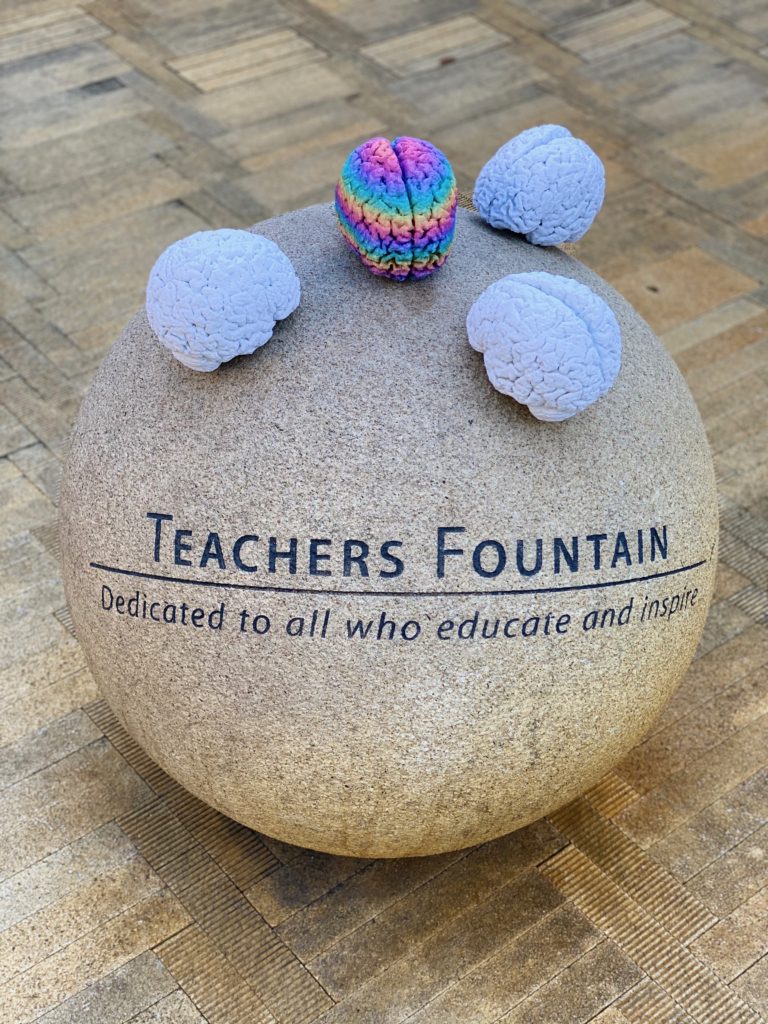
Our undergraduate and graduate participants are very excited to consider the challenging, genuine and compelling questions middle schoolers ask from an evidence-based perspective – including “What in our brain makes us bored?”
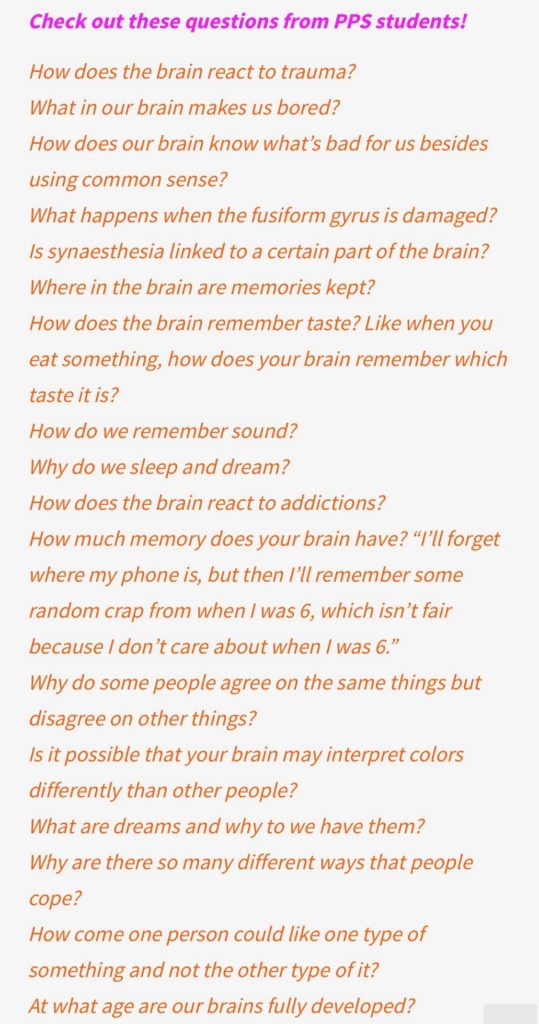
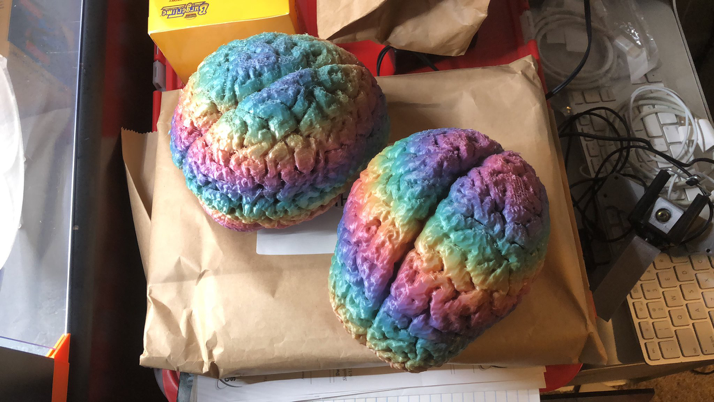
NEW POST!
Pandemic connections
